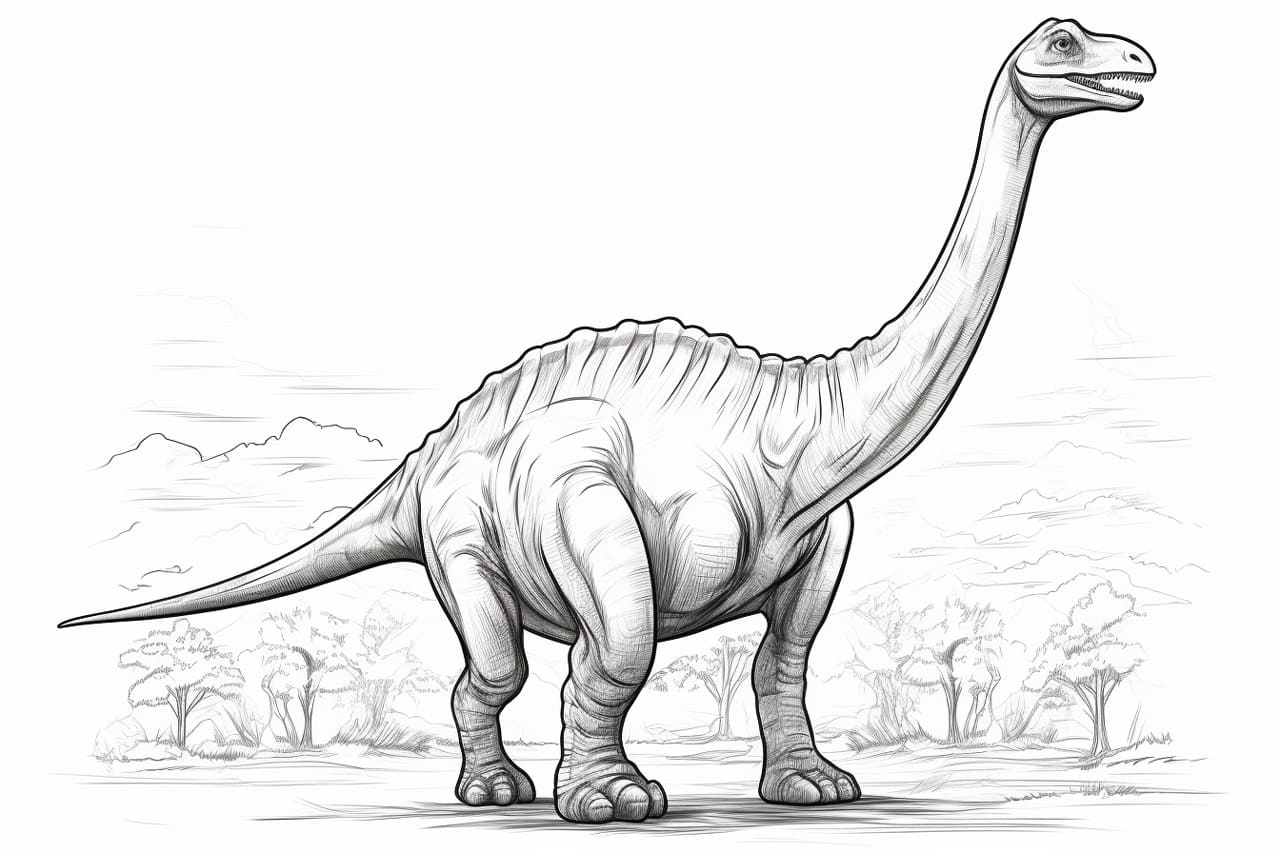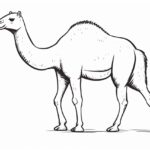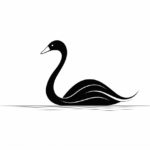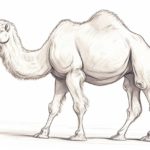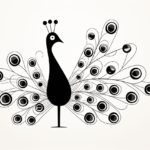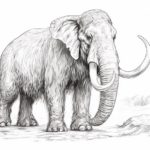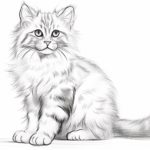Welcome to this step-by-step tutorial on how to draw a Brachiosaurus! In this article, you will learn how to create a realistic and detailed drawing of this magnificent dinosaur. Whether you are a beginner or an experienced artist, this guide will provide clear instructions on how to bring this ancient creature to life on paper. So grab your drawing materials, and let’s get started!
Materials Required
Before we begin, make sure you have the following materials ready:
- Pencil: Preferably a medium or soft graphite pencil for sketching and shading.
- Eraser: A kneaded eraser is ideal for removing any mistakes or stray lines without damaging the paper.
- Paper: Choose a smooth and sturdy paper that can handle pencil work well. A drawing pad or sketchbook is suitable for this purpose.
- Reference Image: Having a reference image of a Brachiosaurus on hand is always helpful. You can find pictures online or in books to inspire your drawing.
Now that you have all your materials ready let’s begin drawing a Brachiosaurus!
Step 1: Basic Shapes and Proportions
Start by lightly sketching the basic shapes and proportions of the Brachiosaurus. Begin with a large oval shape for the body, followed by a smaller oval for the head. Connect these two shapes with a long and slightly curved neck. Add a smaller oval at the end of the neck for the tail. Remember to keep your lines light so you can easily make changes as you progress.
Step 2: Outline the Body
Using the basic shapes as a guide, start outlining the main body of the Brachiosaurus. Define the curvature of the neck and body, making sure to capture its characteristic hump. Draw long and curved lines to outline the shape of the neck and back, gradually tapering it to the tail. Add another curved line to represent the underside of the body.
Step 3: Sketch the Head and Neck
Focus on the head and neck of the Brachiosaurus in this step. Refine the shape of the head, taking note of its elongated snout and eye placement. Add details such as the nostrils, mouth, and eye. Next, add texture to the neck by sketching small scales or bumps along its surface. Keep referring to your reference image to ensure accuracy.
Step 4: Draw the Legs and Feet
Now let’s move on to drawing the legs and feet of the Brachiosaurus. Start by sketching the front leg closest to you. Break down the leg into basic shapes, such as cylinders and rectangles, representing the different sections of the leg. Pay attention to the proportions and angles. Repeat the same process for the other legs, considering that the back legs will appear smaller due to perspective.
Step 5: Refine the Details
In this step, focus on adding more details and refining the overall appearance of the Brachiosaurus. Add scales or wrinkles to the body and limbs, making sure to follow the natural contours and anatomy of the dinosaur. Pay close attention to the joints and connections between different body parts. Refine the shapes of the legs and feet, adding more depth and definition.
Step 6: Shading and Texture
To add depth and dimension to your drawing, it’s time to incorporate shading and texture. Study your reference image to identify areas of highlights and shadows on the Brachiosaurus. Use your pencil to lightly shade these areas, gradually building up layers for a realistic effect. Pay attention to the direction of light source to make the shading consistent throughout the drawing. Add texture to the skin by using small strokes to represent scales or wrinkles.
Step 7: Final Details
Now that your drawing is almost complete take a step back and assess the overall composition. Make any necessary adjustments to ensure the proportions and details are accurate. Use your eraser to remove any stray lines or streaks. Add any additional details, such as a background or foliage, to enhance the overall presentation of your Brachiosaurus drawing.
Conclusion
Congratulations! You have successfully learned how to draw a Brachiosaurus. Following these step-by-step instructions and utilizing your artistic skills, you have created a detailed and realistic representation of this magnificent dinosaur. Remember to practice regularly and explore different techniques to enhance your drawing abilities further. With dedication and perseverance, you will continue to improve and master the art of drawing. Enjoy the process, and have fun creating your own prehistoric world!

